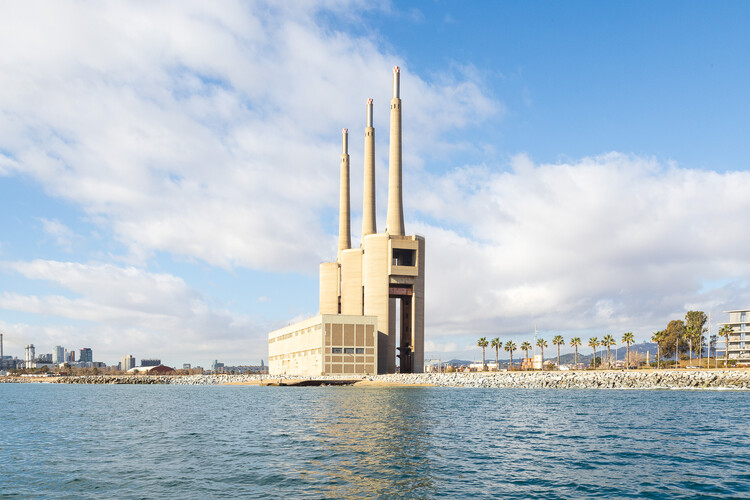
On April 10th, 2025, Saint-Gobain revealed the winners of the 14th edition of its International Gypsum Trophy during a ceremony held in Paris, France. 85 projects from 29 countries participated in this unique international competition organized by Saint-Gobain.
From the Americas to Asia, from Europe to Africa, the most talented and skilled gypsum installers competed in six categories: Ceilings; Innovation; Residential; Culture, Education and Leisure; Business and Institutional; and Façades, for the chance to win one of the 14 prizes. The 1st and the 2nd prize were awarded in each category, as well as the President's Prize (the "coup de coeur" of the jury) and the Grand Prix (rewarding the most outstanding project across all categories).


























































































